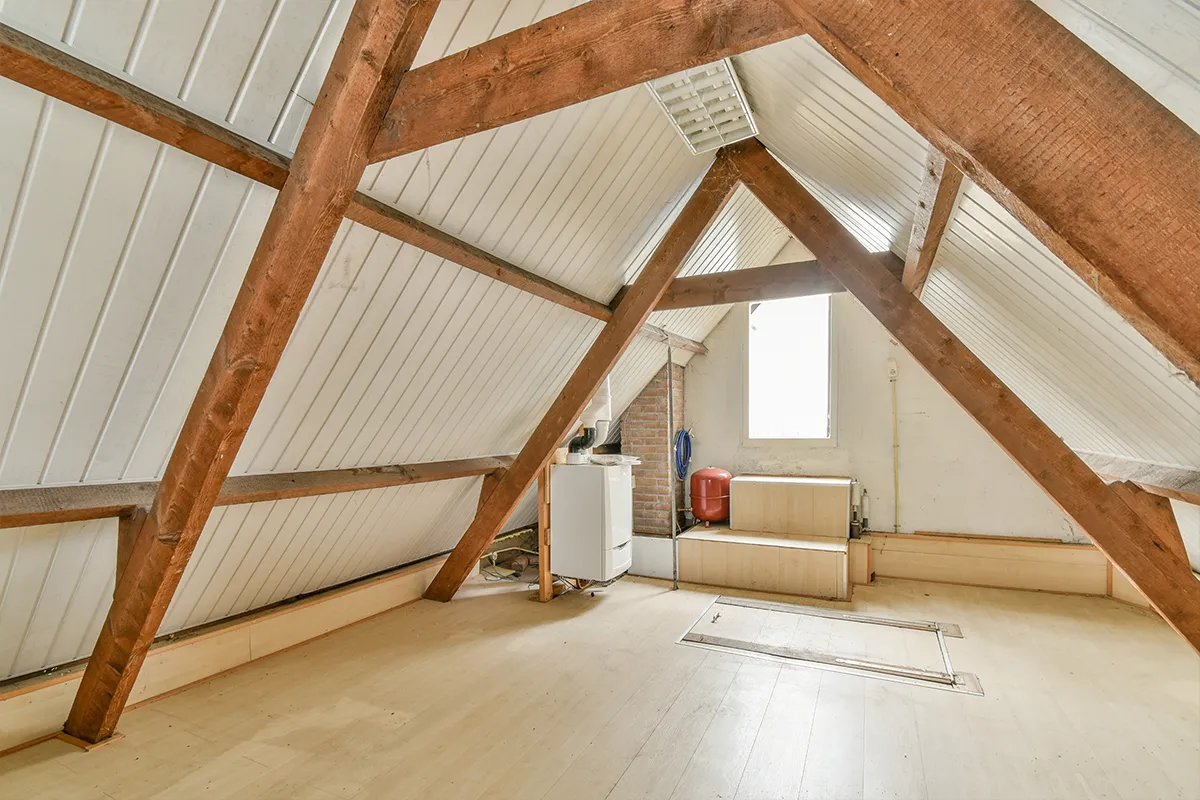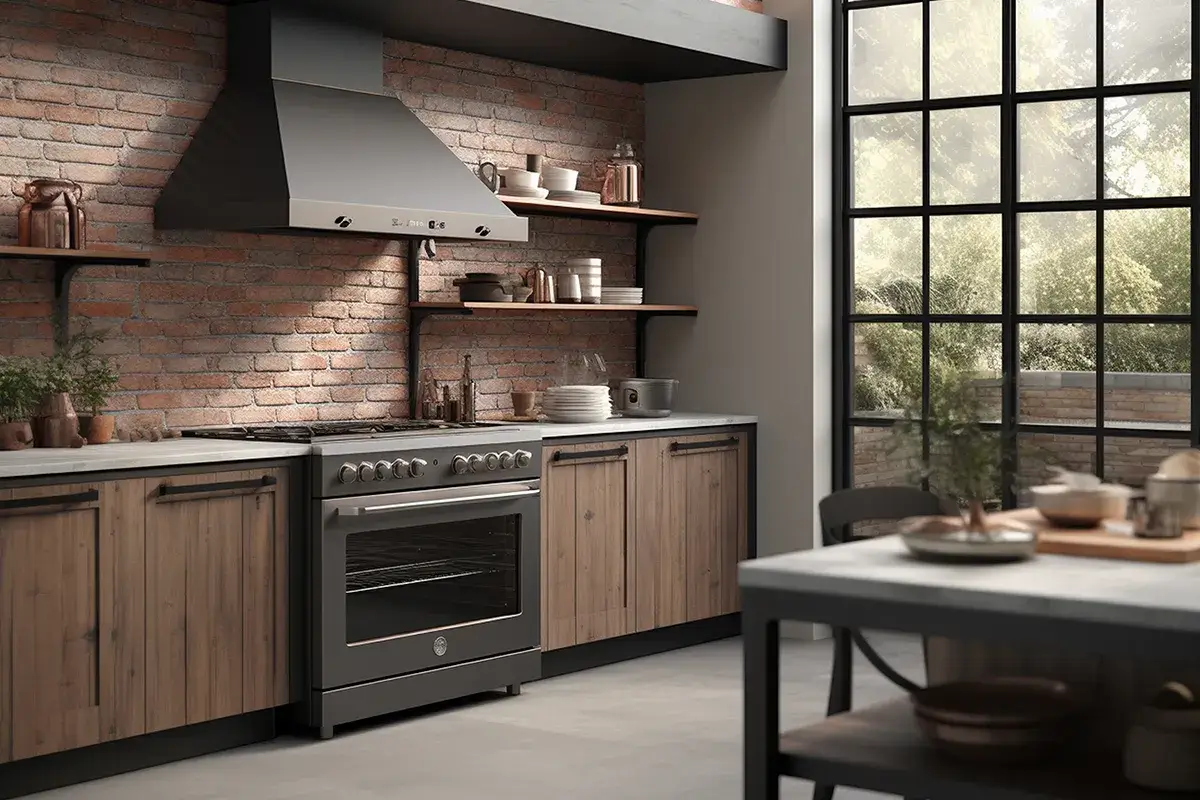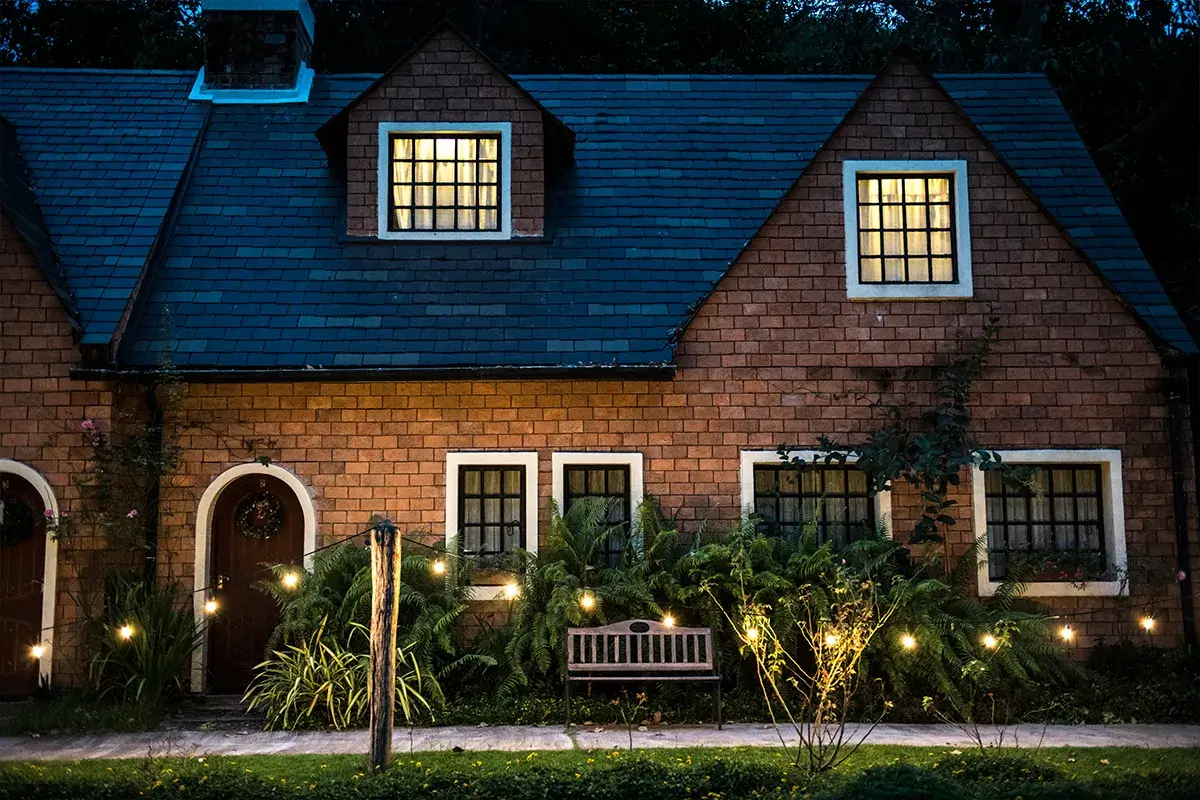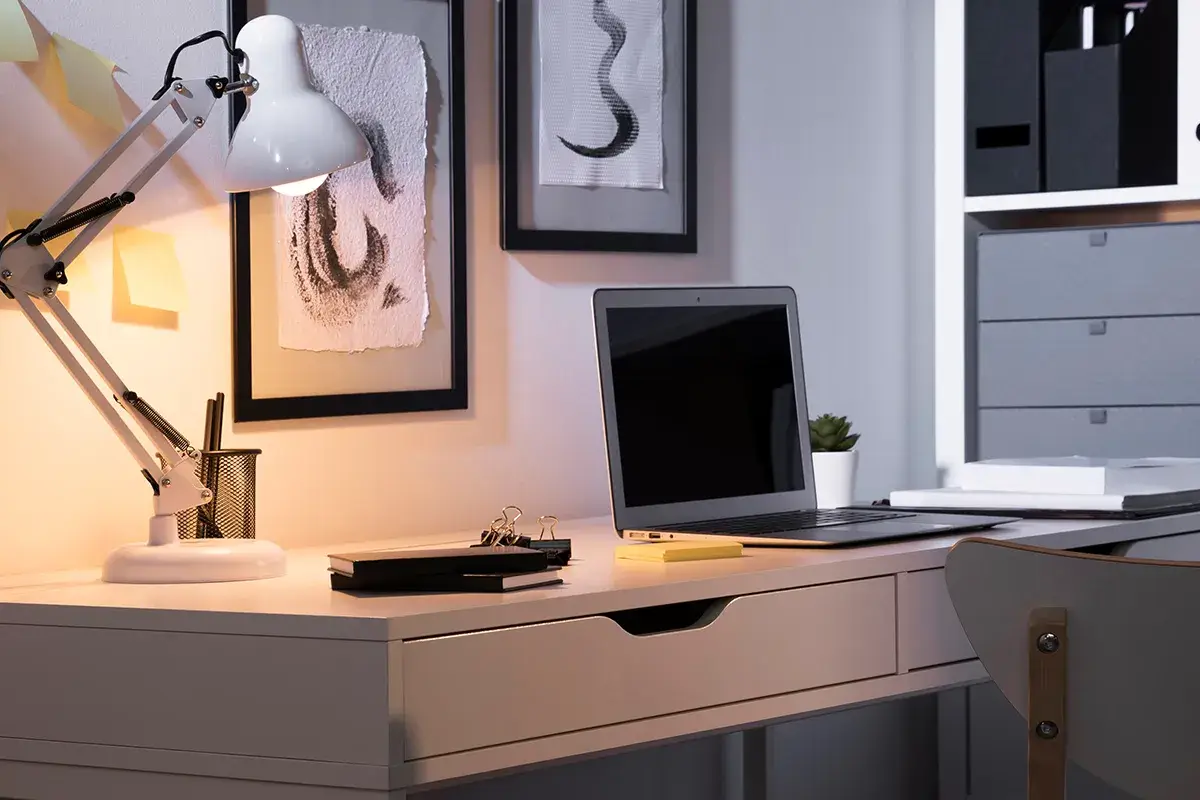Maximizing the utility of every square foot in your home can not only enhance your living experience but also add significant value to your property. Often, areas like attics, basements, and small nooks are overlooked or underutilized, yet they hold immense potential for creative transformation. At Diamond Hill Builders, we specialize in turning these forgotten spaces into functional, stylish areas that meet your needs. In this article, we’ll explore how to transform attics into livable spaces, redesign basements, and more.
Transforming Attics into Livable Spaces
Attics are often relegated to storage, but with a little creativity, they can be transformed into beautiful, functional rooms. Here’s how to make the most of your attic space:
- Insulation and Ventilation: Proper insulation is essential for making an attic livable. Ensure the space is well-insulated to maintain comfortable temperatures year-round. Ventilation is equally important to prevent moisture buildup and maintain air quality.
- Maximizing Ceiling Height: Attics often have sloped ceilings, which can be challenging. Utilize the highest points for standing areas and consider built-in furniture for lower areas to maximize space efficiently.
- Natural Light: Skylights and dormer windows are excellent ways to bring natural light into the attic, making the space feel larger and more inviting. They also provide ventilation options.
- Creative Layouts: Think about the purpose of your attic conversion. Whether it’s a bedroom, office, or playroom, design the layout to make the best use of the available space. Use furniture and decor that complement the room’s unique shape.
- Storage Solutions: Built-in storage can help keep the space organized without taking up valuable floor space. Utilize eaves and corners for shelves and cabinets to keep clutter at bay.
By addressing these key aspects, you can turn your attic into a comfortable and functional living area that adds value and utility to your home.
Basement Redesign Ideas
Basements often serve as little more than storage spaces or laundry rooms. However, with thoughtful redesign, they can become vibrant, functional parts of your home. Here are some ideas:
- Multi-Functional Spaces: Basements can serve multiple purposes, from entertainment rooms and home gyms to guest suites. Design the layout to include distinct areas for different activities, maximizing the utility of the space.
- Waterproofing: Basements are prone to moisture issues, so proper waterproofing is essential. This includes sealing walls and floors, installing sump pumps, and ensuring good drainage systems.
- Lighting: Basements typically lack natural light, so effective lighting is crucial. Use a combination of recessed lighting, floor lamps, and wall sconces to create a warm, inviting atmosphere.
- Flooring Options: Choose durable, moisture-resistant flooring such as vinyl planks, tiles, or sealed concrete. These materials are ideal for basements and come in a variety of styles to match your design aesthetic.
- Comfort Considerations: Make the basement comfortable with proper insulation, heating, and cooling systems. This ensures the space is usable year-round, regardless of the weather outside.
Transforming your basement into a functional, enjoyable space can significantly enhance your home’s livability and value.
Innovative Storage Solutions for Small Areas
Maximizing storage in small areas requires creativity and smart design. Here are some innovative solutions to help you make the most of your space:
- Built-In Cabinets and Shelves: Utilize vertical space by installing built-in cabinets and shelves. These provide ample storage without taking up floor space, keeping the area open and uncluttered.
- Multi-Functional Furniture: Choose furniture that doubles as storage, such as ottomans with hidden compartments, beds with drawers underneath, and coffee tables with built-in storage.
- Under-Stair Storage: The space under stairs is often overlooked. Custom-built drawers or cabinets can transform this area into a valuable storage spot for shoes, books, or seasonal items.
- Wall-Mounted Solutions: Hooks, racks, and pegboards mounted on walls can store everything from kitchen utensils to tools and crafts supplies, freeing up counter and floor space.
- Closet Organizers: Invest in closet organization systems that maximize space with adjustable shelves, hanging rods, and drawer units to keep clothing and accessories neatly arranged.
With these strategies, you can significantly increase your home’s storage capacity, making even the smallest spaces highly functional and organized.
Turning Nooks into Functional Workspaces
Small nooks and unused corners can be transformed into highly efficient workspaces with the right approach. Here’s how to create a productive nook:
- Choosing the Right Spot: Identify a quiet, well-lit corner or nook that can be converted into a workspace. This could be an underutilized area in a living room, bedroom, or hallway.
- Compact Furniture: Select compact furniture that fits the space without overwhelming it. A wall-mounted desk or a small writing table with a comfortable chair can be ideal.
- Effective Lighting: Ensure your workspace has adequate lighting. A combination of natural light, desk lamps, and wall-mounted lights can create a well-lit area conducive to productivity.
- Organization Tools: Use shelves, pegboards, and organizers to keep the workspace tidy. A clean and organized desk can significantly enhance your focus and efficiency.
- Personal Touches: Add personal touches such as artwork, plants, or decorative items to make the workspace inviting and inspiring. A comfortable and aesthetically pleasing environment can boost creativity and motivation.
By transforming a small nook into a functional workspace, you can create a dedicated area for work or hobbies without needing a separate room.
Lighting Techniques to Enhance Small Spaces
Proper lighting can dramatically enhance the perception and functionality of small spaces. Here are some techniques to consider:
- Layered Lighting: Use a combination of ambient, task, and accent lighting to create a balanced and versatile lighting scheme. This approach ensures the space is well-lit and adaptable to different activities.
- Natural Light: Maximize natural light by using sheer curtains or blinds that allow light to filter through. Mirrors can also be strategically placed to reflect light and make the space appear larger.
- Recessed Lighting: Recessed lights are a great option for small spaces as they provide ample light without taking up visual or physical space. They can be used in ceilings, under cabinets, and in shelving units.
- Wall Sconces: Wall-mounted sconces save floor space and add a decorative touch. They can be used for both ambient and task lighting, depending on the placement and design.
- Light Colors and Reflective Surfaces: Use light colors for walls and furniture to make the space feel more open and airy. Reflective surfaces, such as glass tables and metallic finishes, can enhance the effect by bouncing light around the room.
Effective lighting not only improves the functionality of small spaces but also makes them more inviting and visually appealing.
Unlock the Potential of Every Corner of Your Home
Creative use of underutilized spaces can significantly enhance your home’s functionality and aesthetic appeal. From transforming attics and basements to designing innovative storage solutions and cozy workspaces, there are countless ways to make the most of your home. At Diamond Hill Builders, we specialize in bringing these ideas to life, ensuring every inch of your home is both beautiful and practical. If you’re ready to explore the possibilities, contact us today to start your home transformation journey.






